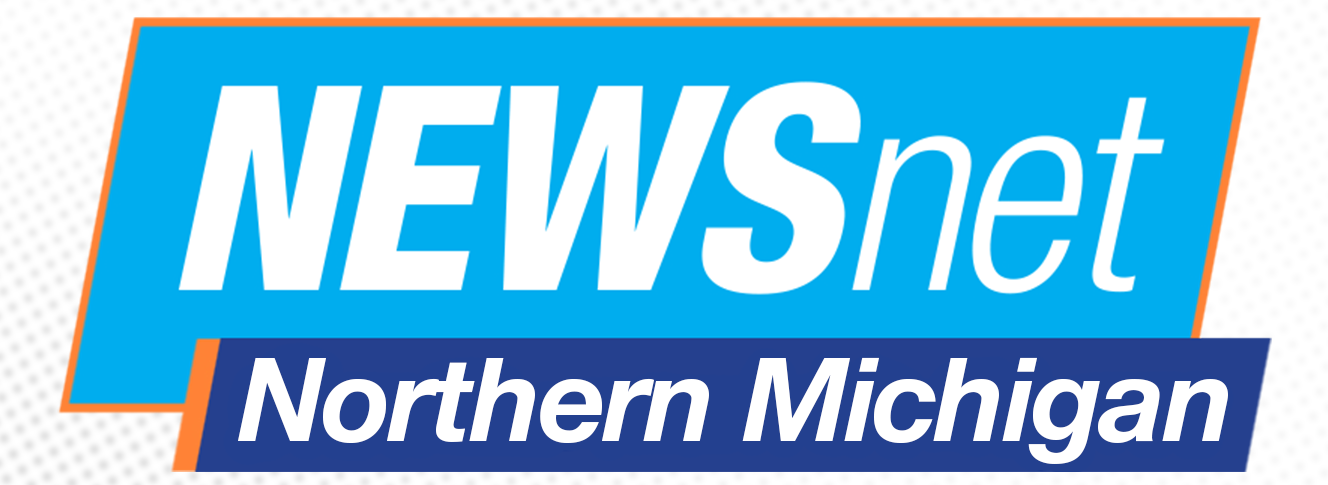The team at SERVPRO of Palo Alto is trained, certified, experienced, and well equipped to handle any size or type of water damage disaster, 24/7, 365 days a year. Water damage comes from many sources. For instance, water intrusion from a flash flood or a roof leak can cause serious structural damage to Atherton, CA, homes, or businesses. A sewage backup or a tub overflow can cause localized damage in the bathroom. However, a burst water supply line from a household appliance can flood a home with thousands of gallons of water in just an afternoon, and tens of thousands of gallons should the leak go undetected over the weekend, or worse, during the week-long vacation. When water is everywhere, professional equipment and expertise are necessary to extract the water and begin the drying and dehumidification. A rapid response from the water damage restoration company and the quick removal and cleanup of the bulk water is essential to prevent the greater loss, advanced secondary damage, and structural damage.

When a home or business is flooded by an external water intrusion such as a flash flood or by an internal water release such as a burst pipe or supply line, the puddled or pooled water must be removed as rapidly as possible. As long as this bulk water is present, it is being absorbed by the flooring and structural timbers. The water is also wicking into sheetrock, drywall, insulation, upholstery, and furniture. Floors buckle. Baseboards swell and must be replaced, and sheetrock must be cut out and replaced as well. Furniture finishes are ruined, and fabric colors fade. Removing the bulk water is paramount to halt the advancing destruction.
Water extraction is the phase of the water removal process in which excess or standing water is evacuated from the structure. Restoration professionals specializing in water extraction strive to minimize water damage by removing as much of the water as possible as quickly as possible. Eliminating the bulk water reduces the risk of permanent damage to the structure and its contents, prevents mold growth, and accelerates the restoration of the property to its former condition.
The Water Extraction Process
Water extraction is complicated, involves special equipment, and requires knowledge, expertise, and competency in the application and operation of the equipment. The extraction process has several vital components necessary for the successful removal of the water.
#1. Halt the flow of water into the damaged structure.
The flow of water must be halted at the source. If the roof has been compromised, it must be tarped to prevent water from leaking into the home. If the washing machine supply line has ruptured, the valve must be shut off and both hoses replaced.
#2. Mechanically evacuate bulk water.
The removal of standing water must be achieved to move to the next stage of water extraction. Portable wet vacuums and high-capacity truck-mounted vacuums remove visible, puddled water. High-volume water pumps remove pooled water in the basement or disperse standing water away from the foundation of the structure. Professionals are aware of lurking dangers such as electrocution from damaged or faulty wiring and take the necessary precautions.
#3. Remove hidden water.
Upon successfully eliminating visible water, the hidden water must be removed. Residual hidden water in carpeting, behind walls, in ceilings, and under floor coverings must be removed and the surfaces must be dried to prevent further damage and potential mold growth.
Trained and experienced professionals have special water extraction tools and advanced moisture-detecting technology to address hidden water. Failure to remove water and reduce moisture to acceptable levels can lead to further damage and costly repairs in the future.
Once the bulk water and hidden water have been removed, powerful dehumidifiers and rapid-spin fans will attack the remaining moisture that has been absorbed by wood, carpeting, sheetrock, drywall, furniture, and electronics. Some items will need specialized, individual attention from specially trained technicians.
In severely damaged homes or buildings, other measures must be taken to mitigate the water damage. Unsalvageable carpet and upholstered furniture must be discarded. The flooring may need to be replaced, and portions of drywall and sheetrock may also have to be removed and replaced.
Technicians using advanced cleaning techniques and EPA-approved products clean, disinfect, and sanitize affected surfaces. The entire structure is deodorized. Odor neutralization eliminates odors and leaves the home smelling fresh and clean. No overpowering fragrances are used to cover bad smells; instead, the sources of odors are addressed. All through the process, technicians conduct tests to measure humidity and moisture. The tests ensure the customer’s property has been thoroughly dried and all issues are resolved.

When a water damage disaster strikes, trust SERVPRO of Palo Alto to quickly regain control of the situation and begin the water damage restoration process. The office can be contacted by phone at (650) 800-3448 or by emailing office@servpropaloalto.com.
































